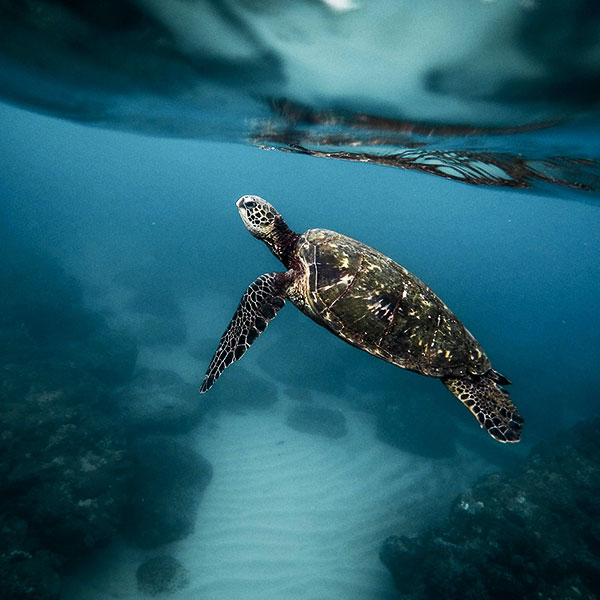Mammals are a diverse class of animals, sharing various traits. We are part of this amazing group of animals which also includes dogs, elephants, whales, bears, rabbits, bats and pandas. Mammals have diversified to inhabit the land, sea and skies.
Taxonomy
Carl Linnaeus is known as the father of modern taxonomy and helped develop a system that we still use today to classify organisms.
Mammals come under the kingdom of Animalia. Then comes under the phylum of Chordata which includes vertebrates. Within that, there are several clades and mammals come under the clade Synapsida which is one of two major clades of vertebrates. The other major clade of vertebrates, Sauropsida, leads to dinosaurs and modern day birds.
Cambrian Explosion
Around 538 million years ago marks the beginning of the current eon of geological time, the Phanerozoic eon. This eon is split into 6 periods of time, the first being the Cambrian which lasted from 538 to 485 million years ago.
The Cambrian Explosion is a common time for study, as this is when diversity of organisms exploded. Time periods before this are known as ‘pre Cambrian’ which is a bit demeaning considering how much actually happened in the 4 billion years before the Cambrian explosion but this article isn’t about naming practices.
Diversity lead to the skeleton both exo and endo, to extensive predator and prey behaviour, the evolution of the eye, the evolution of social behaviours which enabled organisms to survive and thrive.
Trilobites, which were arthropods, were around from early Cambrian, around 521 million years ago. They were amongst the most successful early marine animals, surviving for around 270 million years with over 22,000 known species.
Vertebrates
Vertebrates are part of the phylum Chordata mentioned above. There are distinctive characteristics for vertebrates, some of which are: an endoskeleton; a spinal cord; undergo sexual reproduction; central and peripheral nervous system.
They originated at the beginning of the Cambrian, and the first jawed fish appeared around 485 million years ago. After the time dubbed the ‘Age of Fish’ (419 to 358 million years ago), came the first tetrapod. These are four limbed animals that came onto land and simultaneously lived in water. This was also the time of the great forests, when plants also came onto land and flourished.
Next we go into the ‘Age of Reptiles’ as we head into the Mesozoic era beginning 251 million years ago. The dinosaurs would rule this era, close to 200 million years.
Mammals would begin to evolve at this time, but they small, nocturnal and lived underground due to the massive animals that dominated the land during the day.
The Age of Mammals
66 million years ago when the dinosaurs were wiped in the last of the big five extinction events, the mammals were able to come out and diversify, filling the niches that the dinosaurs had left behind. The birds were the only dinosaurs that survived. There were already some groups developing within mammals such as the placental and marsupial.
Placental animals carry their foetus in the uterus of the mother to a late stage of development. They have a wide opening to allow for the birth of the baby and some other distinguishing skeletal features. Marsupials are natively found in Americas and Australasia. They give birth to underdeveloped young and then nurture them in a pouch on the mother’s abdomen. Commonly known marsupials are kangaroos.
Mammals can be distinguished by their milk-producing mammary glands. The digestive system also adapted to account for mammalian ways of living and their diet. Most carnivores have simpler systems accounting for the less varied diets they are used to. Mammals tend to have hair and fur. Mammals have distinctive inner ears and as well specific limbs structure and larger brain size relative to body size.
These traits sound very familiar for us however we share these traits with many other animal groups. While we have systemically put barriers up between us and nature throughout the centuries, we are wholly connected in more ways than we care to consider or admit.





